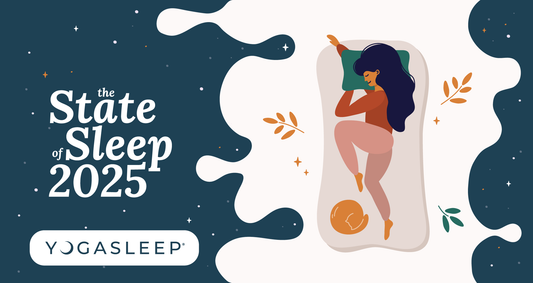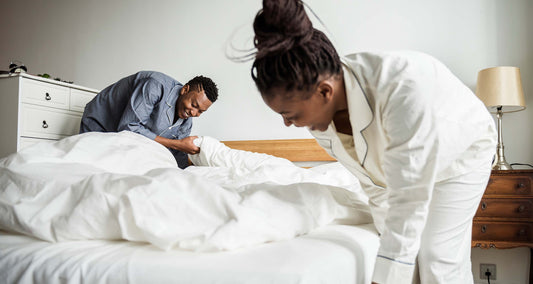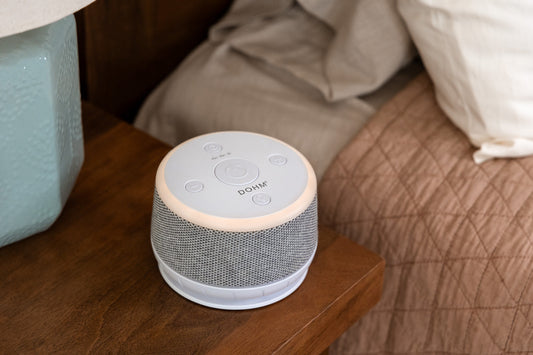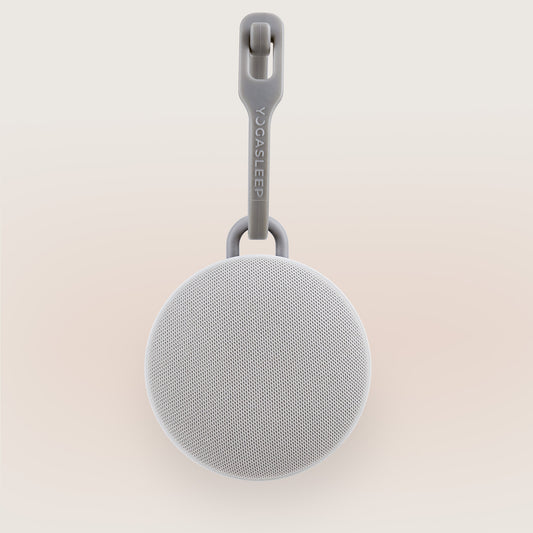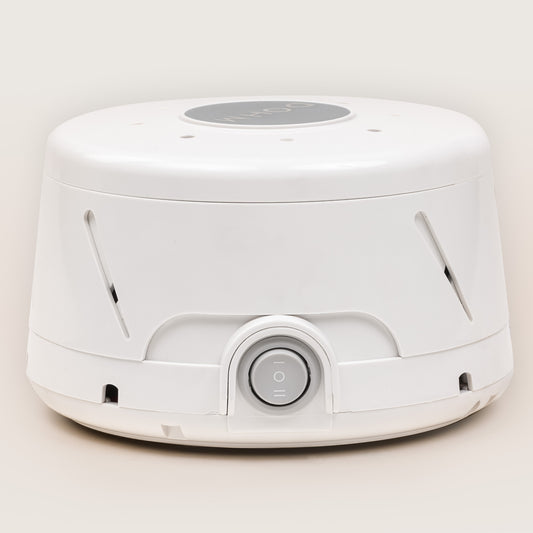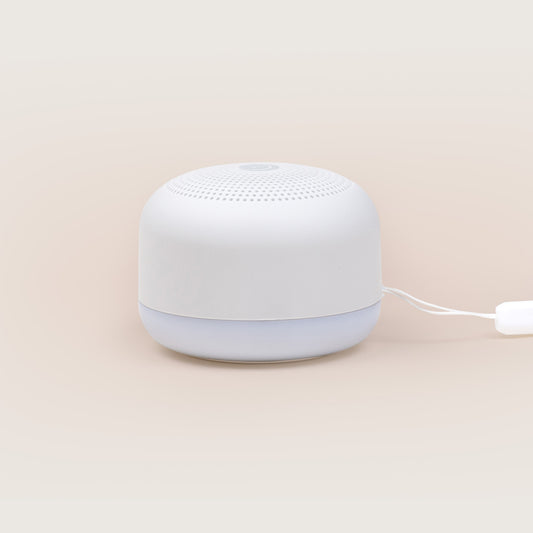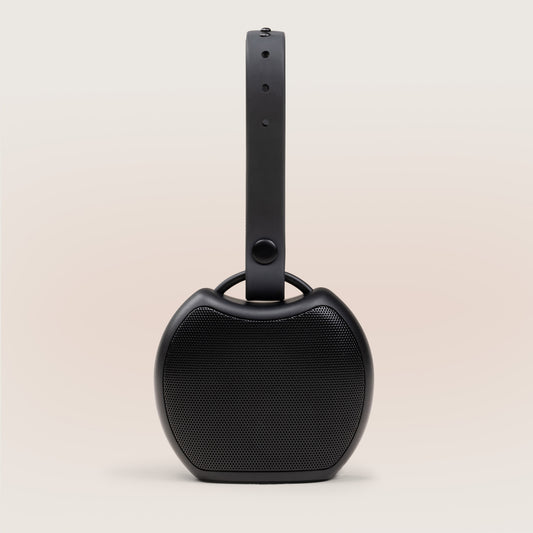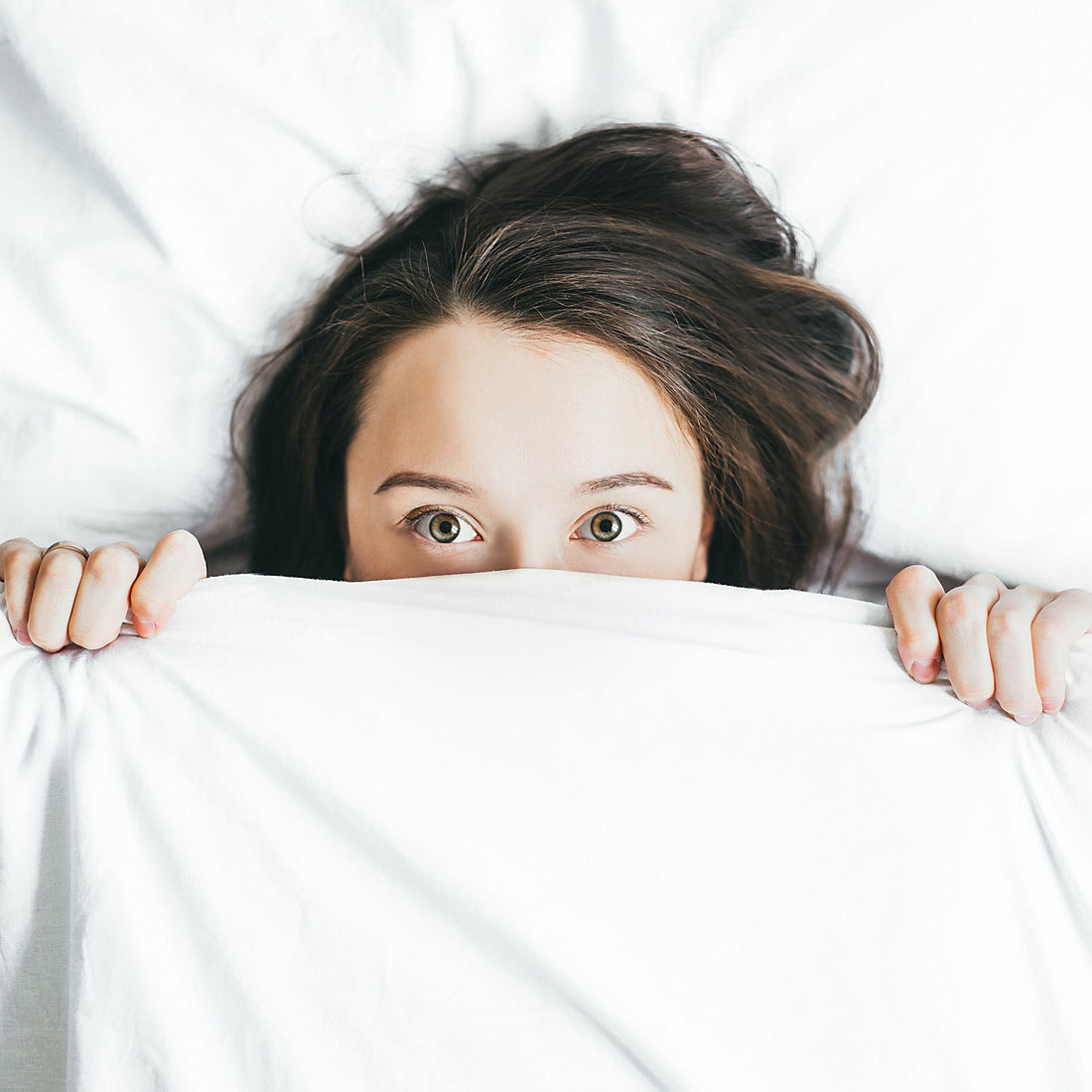
What is WASO, Carryover Effect, and Sleep Latency?
For decades, the original white noise machine, our Yogasleep Dohm Classic, has been used in loud environments to help people get better sleep. Noisy apartment dwellers, hospital staff, college students, and new parents have relied on the noise-masking effects of our room-filling sound machines to improve sleep. Dohm sound machines have even become a welcoming perk of hotels and resorts. All of this has largely come about from word-of-mouth and anecdotal evidence, and some qualitative (survey) data that showed a white noise machine helps people sleep in noisy rooms. But now, for the first time, there is rigorous scientific evidence, both qualitative and quantitative (measurable) from one of the world’s top clinical sleep medicine research facilities.
In a study conducted by Weill Cornell Medicine and NewYork-Presbyterian Hospital, white noise was shown to significantly improve sleep based on both subjective and objective measurements. Sleep studies like this often use a variety of confusing terms, like WASO, Sleep Latency, and Carryover Effect. But don’t lose sleep over what they mean — we’re here to help you understand these terms and how they may apply to you.
WASO, or Wakefulness After Sleep Onset
The Weill Cornell Study showed that sleeping with a Yogasleep Dohm Classic white noise machine improved WASO scores and lowered the chances of waking up in the middle of the night in one of the world’s noisiest environments, New York City.
WASO is short for “Wakefulness After Sleep Onset.” When you wake up in the middle of the night, you are experiencing WASO. In sleep studies, this term is used to refer to how long the test subject has been awake after initially falling asleep and before they get up to start their day.
For example, if you go to bed at 11 pm, wake up in the middle of the night at 3 am, stay awake until 5 am and fall back asleep until starting your day at 7 am, you experienced a WASO of 2 hours and got a total of 5 hours of sleep (which is less than the National Sleep Foundation’srecommendation of 7 to 9 hours. Because of this wakefulness during your sleep period, you probably wake for the day feeling groggy and tired instead of energetic and well-rested. For most people WASO is not experienced in blocks of hours like the illustrative example above, but rather in a series of smaller windows of time. Most people aren’t fully aware of or even remember these moments.
WASO can be caused by several things, including overheating while sleeping, sound disruptions, needing to go to the bathroom in the middle of the night or even medical conditions like sleep apnea and insomnia. People who are dealing with anxiety or stressful life events are also likely to find sleeping throughout the night difficult.
Because WASO results in poor sleep efficiency (which we’ll discuss more in depth below), it’s important to try to reduce the causes of wakefulness. Some can be relatively easy to fix – but especially sound disruptions.

Sleep Efficiency
Sleep efficiency is the total time you spend sleeping compared to the total amount of time you spend in bed. It appears as this formula in sleep studies: total sleep time divided by total time spent in bed multiplied by 100 to get a percentage.
For example, if you spend 8 hours in bed a night, but only actually fall asleep for 4 of those hours, your sleep efficiency for that night would be 50% — 4 divided by 8 multiplied by 100.
If you spend most of your time in bed actually sleeping, then you are sleep efficient, or have a high sleep efficiency. If you spend most of your time in bed lying awake, you are not considered sleep efficient, or have a low sleep efficiency.
Good sleep efficiency means deeper, higher-quality sleep that leaves you feeling energized and well-rested. A sleep efficiency of lower than 85% is poor, higher than 85% is normal, and 90% or above is very good. Insomnia often causes a sleep efficiency of 75% or lower.
Because white noise machines were shown to decrease WASO in loud city environments, they can also be linked to improved sleep efficiency in these conditions. [Reference for inference] For example, the Weill Cornell study measured an increase in sleep efficiency between the baseline weeks (sleep without the Dohm Classic) versus the study week (with the Dohm Classic).
Sleep Latency, Sleep Onset Latency, or SOL
Sleep latency, sleep onset latency, and SOL all mean the same thing: the time it takes to fall asleep after you get into bed. The goal is to have good sleep latency, or to fall asleep relatively quickly after laying down — but not too quickly. If you have good sleep latency, you are more likely to progress through sleep stages more efficiently, and therefore experience better sleep overall.
The Dohm Classic white noise machine showed a measurable improvement in sleep latency in the study, which we were not surprised to see. Customers have been telling us for decades that once the Dohm is turned on, it’s lights out to sleep for them and the family.
Sleep latency, like WASO, is also directly related to sleep efficiency.. It is also directly related to sleep debt.

Sleep Debt
Sleep debt is the overall effect of insufficient sleep. Sleep debt adds up over time, leading to both mental and physical exhaustion. It directly effects sleep latency, because people who have a lot of sleep debt or are extremely exhausted will fall asleep more quickly than people who are well-rested and don’t have any sleep debt. [Reference]
If you fall asleep right away when you get into bed, you probably have a lot of sleep debt, and should focus on getting more shuteye on a nightly basis.
Because white noise improved sleep latency, WASO, and sleep efficiency, it can also be linked to improving sleep debt. [Reference for inference]
Carryover Effect
This was the most exciting and intriguing result of the study.
Carryover effect is “a term referring to the persistent effects of treatment after treatment has been ended, sometimes well beyond a medication’s usual timeframe for elimination.” Basically, this means that the effects of a treatment continue to occur even after the treatment is ended.
In this specific sleep study, the carryover effect is that the positive effects of white noise exposure were sustained, even after the white noise machine was removed from the test subjects’ environments.
Conclusion
Hopefully, we’ve cleared a few things up when it comes to potentially confusing scientific sleep terms. If you want to experience the Weill Cornell sleep study results, check out our white noise machines.
Disclaimer: The information on our site is NOT medical advice for any specific person or condition. It is only meant as general information. If you have any medical questions and concerns about your sleep, please contact your healthcare provider.

